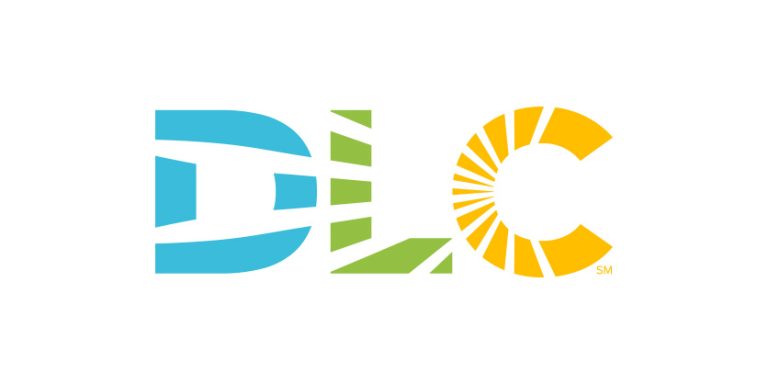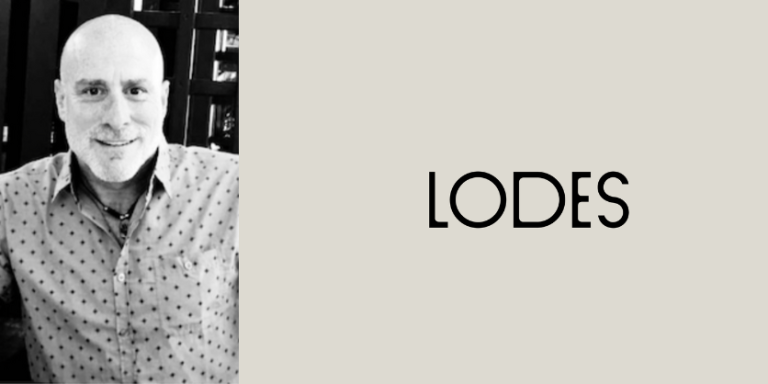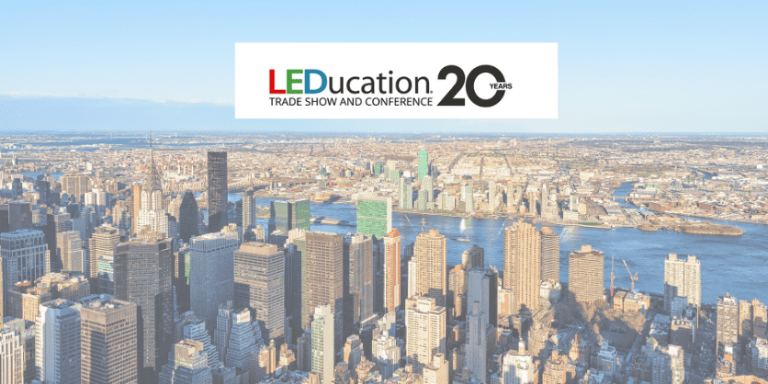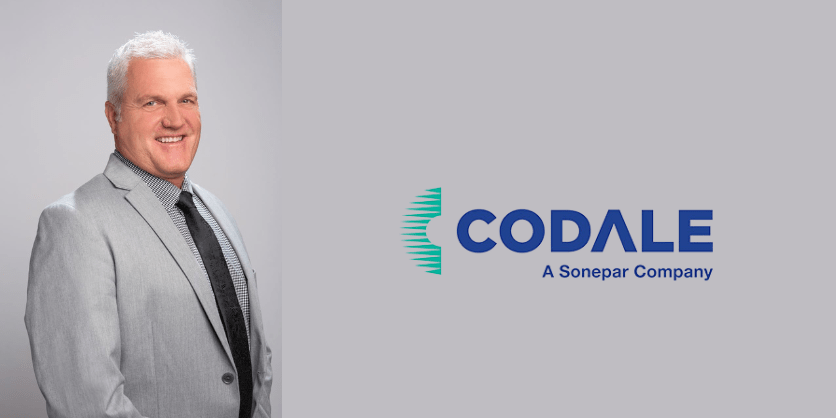The DLC Forms Advisory Group for Light Usage for Night Applications
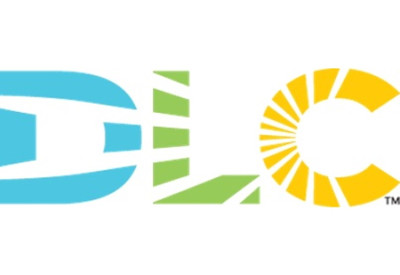
March 22, 2021
The DLC has announced formation of a Light Usage for Night Applications (LUNA) Advisory Group as a first step toward development of a new program to recognize and promote light fixtures that are both energy efficient and protect the night sky from light pollution.
“Light pollution in the form of sky glow, light trespass and glare has been associated with a number of adverse impacts that affect people and wildlife and contribute to unnecessary energy costs and carbon emissions,” DLC Executive Director and CEO Christina Halfpenny said. “As the DLC continues to emphasize quality of light aspects of products on our Qualified Products List, we look forward to insights and feedback from the LUNA Advisory Group as we explore the development of a supplemental specification aimed at mitigating the negative impacts of artificial light at night.”
Comprising six lighting experts, as well as DLC staff and a representative of the International Dark-Sky Association (IDA), the advisory group will provide perspectives and recommendations for criteria related to light at night for products on the DLC’s Solid-State Lighting Qualified Products List (QPL). The panel will advise the DLC on the development of a program that includes a near-term supplemental criterion that will allow QPL users to differentiate products that minimize light pollution.
LUNA Advisory Group members include Pete Strasser of the IDA; Terry McGowan of Lighting Ideas, Inc.; Naomi Miller of Pacific Northwest National Laboratory; Gayathri Unnikrishan of the International WELL Building Institute pbc; Alex Baker of the Illuminating Engineering Society; Kevin Fitzmaurice of Georgia Power, and Jim Benya of Benya Burnett Consultancy. Along with DLC staff, they will discuss goals and objectives for a DLC LUNA program and relevant metrics in line with testing standards, and make recommendations for draft specifications and associated education and resource needs for various audiences.
“The IDA is pleased to embark on this strategic collaboration with the DesignLights Consortium,” IDA Executive Director Ruskin Hartley said. “In particular, the development of supplemental criteria will mean users no longer have to choose between saving energy and reducing light pollution.”


